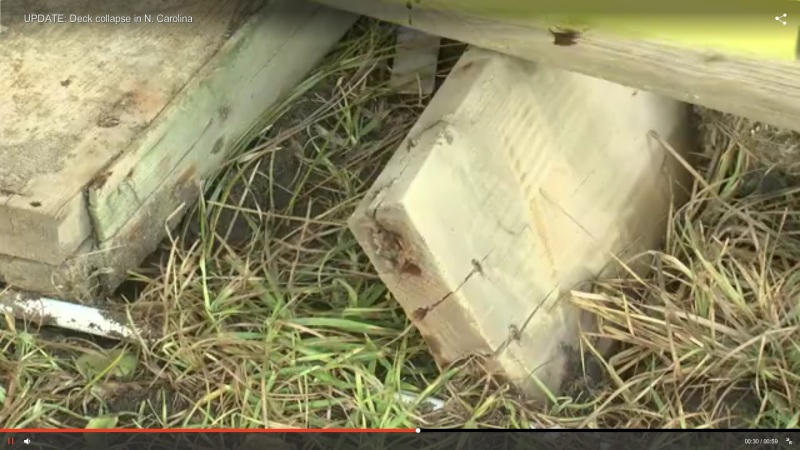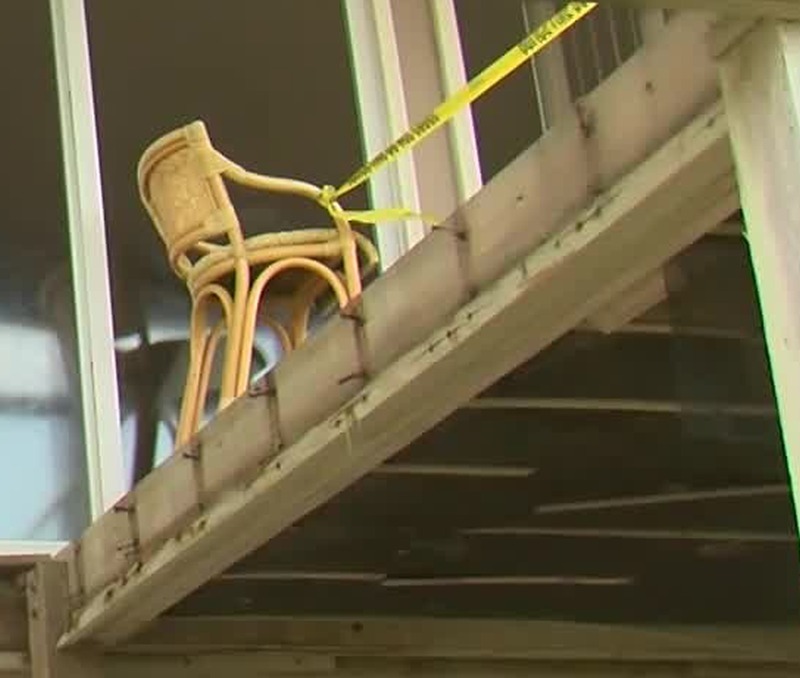Ron
Structural
- Sep 24, 1999
- 16,336
Another wood structure collapse. This one has clean drop at joist buckets. Hmmmm.....fastening issue perhaps?
News story notes it as a "balcony collapse"; however, it is an elevated deck.
Deck Collapse
A photo is attached as well.
News story notes it as a "balcony collapse"; however, it is an elevated deck.
Deck Collapse
A photo is attached as well.



![[idea] [idea] [idea]](/data/assets/smilies/idea.gif)
![[r2d2] [r2d2] [r2d2]](/data/assets/smilies/r2d2.gif)
